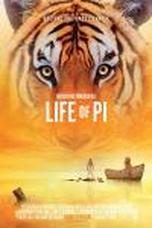
The 3D in this film is a big part of the film being great. It is more than the cinematography being spectacular it is how the visuals connect to the story. You recall imagery from this film more than the dialog, than the acting.
This isn’t to denigrate the acting or the screenplay—it is just an incredibly visual film. This may be Ang Lee's best film and screenwriter, David MaGee's adaptation is remarkable. It is a film where one actor, Suraj Sharma, bears most of the load and he does it admirably, especially considering this is his first major film. There are, of course, worthy supporting roles. Most notable is Irrfan Khan as the older version of the main character. You may recall him as the police inspector in Slumdog Millionaire. His credits in Indian films are too numerous to mention.
But is the film about what we see on the surface alone? Is it just a pretty and magical 3D ride? It is not.
It is a question the more literal minded will answer without a thought. But think on that a bit; the event is frozen in time while the story lives and breathes. What we believe is as real as what actually happened.
That is the essence of the film, what we can take away from it is that our lives, our stories are what we believe them to be—what we choose. Reality is not some hard fast thing. There is magic all around us, every day, if we simply choose to bring it to life.
This film, and certainly the book it is based on, juxtaposes the “real” world, against the world we choose. But it does more than that. Both film and book call our attention to the magic and wonder in the world and force us to think about the disappointments in life and how, by simple perception, we can take one view, one narrative, of our lives and see it differently—not as a lie, not as wishful thinking or a rewriting of the past but as a different story, a different interpretation.
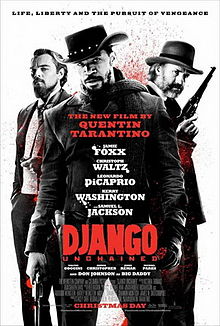
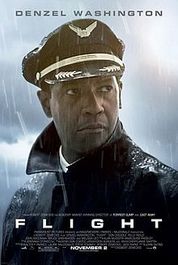
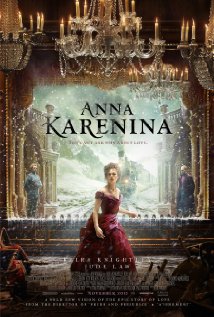
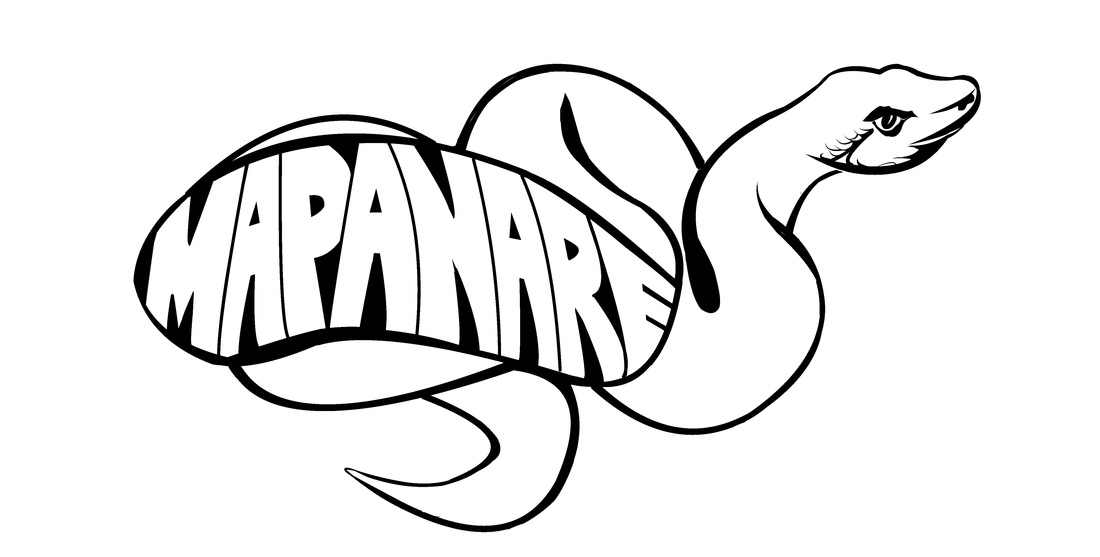

 RSS Feed
RSS Feed